10 Signs Your Happiness Is Too Dependent on Your Partner Even If You Don’t Realize It
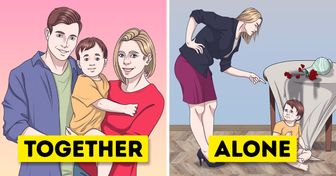
Children’s evolving needs and temperaments are the reason siblings often fight a lot. For example, toddlers are very protective of their toys, so if it’s taken away from them, they won’t like it. Older kids who go to school have a strong understanding of fairness, so it might be hard on them if they see their younger or older siblings being treated differently. And that can lead to rivalry.
We at Bright Side know that there are ways to prevent siblings from fighting and tricks to deal with it peacefully if disagreements do happen.
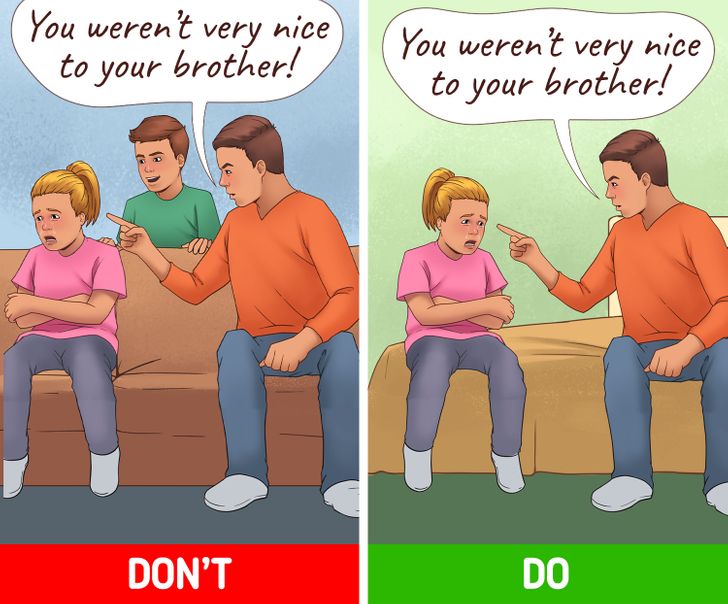
If your children’s behavior is so bad that they need to be punished, do it in private. Especially if only one of your kids is getting the punishment. If you do it in front of the other sibling, it can lead to them feeling shameful, and your other child might start teasing them, which may lead to more conflict.
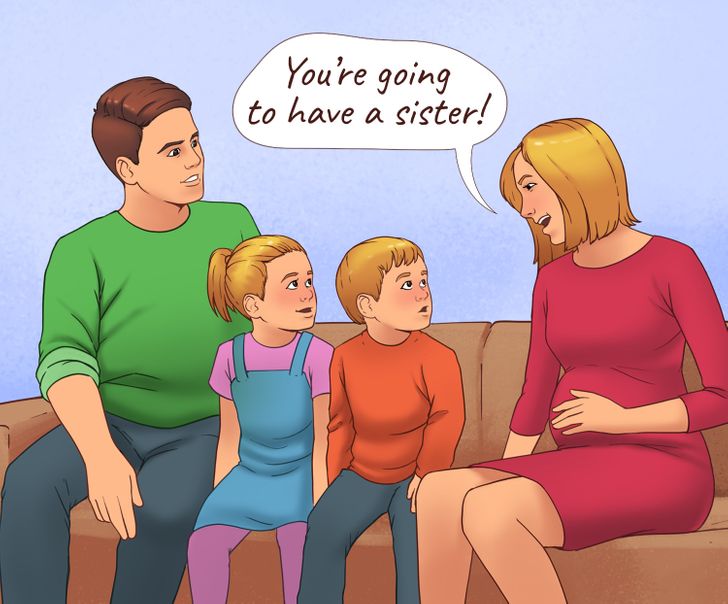
Transitional times, like when you’re moving houses, or when there are changes in the family, like the birth of a new baby, can be hard on your children. Because conflict tends to intensify between siblings during these times. And if you prepare them for these huge changes in your and their lives, their emotions will be easier to manage.
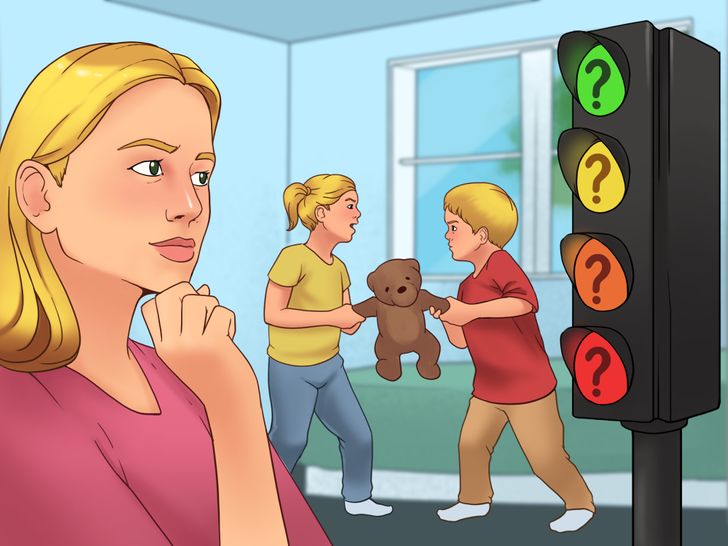
You can use this to decide whether you need to intervene or not. If you notice some minor squabble or name-calling, you can let your kids manage the situation on their own — this is the green light because their fight isn’t that serious yet. Yellow light stands for a bit more problematic conflicts when they get loud and there’s more physical contact. In this case, talk to your kids about what made them angry.
Orange light is when your children are almost fighting, but you don’t know for sure whether they’re just playing or fighting for real. Ask them about it and remind them that they should solve their disagreements with words. Red light means you should separate the kids because one of them could hurt the other. Tell them that this kind of behavior is not appropriate, and impose punishment if necessary.
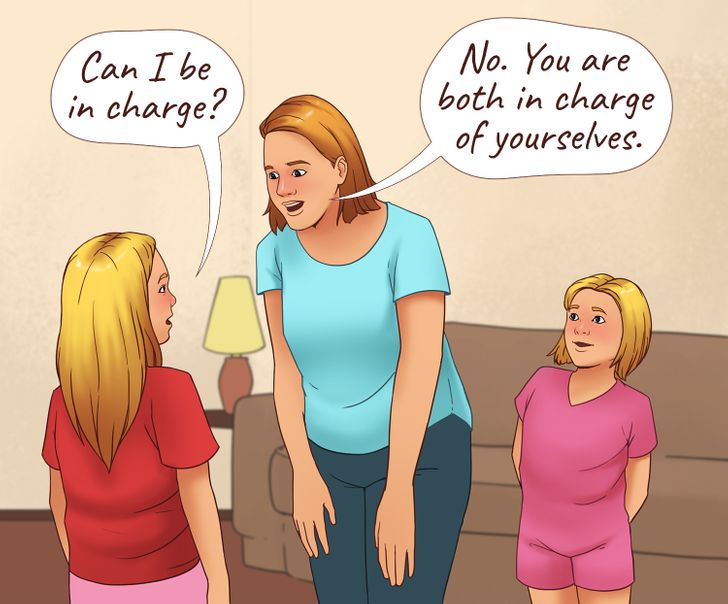
Considering your children’s birth order can help you understand them better. For example, first-borns are more perfectionistic, responsible, and serious, and they tend to identify with the parent who makes more decisions in the family.
Second-borns or middles are closer to the more emotional parent, and they tend to avoid conflict. Third-borns want to maintain balance in relationships between people, and they like to use humor as a way of dealing with situations. The youngest child wants the family to live in harmony, and they’re emotionally sensitive. However, they can also be manipulative and irresponsible.
If you want your kids to get along better, try disrupting the natural birth order. That means, for example, that first-borns who like to be in charge shouldn’t be in charge of their younger siblings. This will encourage your kids to take responsibility for their own actions and might help avoid conflict based on their ages.

If your kids are fighting and you want them to get along, ask them to make up a story together. In the end, they should agree on a story that they both like. This exercise might help them better understand each other’s thoughts and emotions.

In order to take care and keep everyone happy, you can’t always treat every one of your kids the same. Instead, you should make decisions based on your kids’ individual needs. If one of your kids grew out of their shoes and needs a new pair, it doesn’t mean you need to buy their sibling new shoes too.
However, if you’re getting one of them ice cream, it’ll be fair that the other sibling gets it too. Explain to them what “fairness” means and why they shouldn’t always compare themselves to each other.
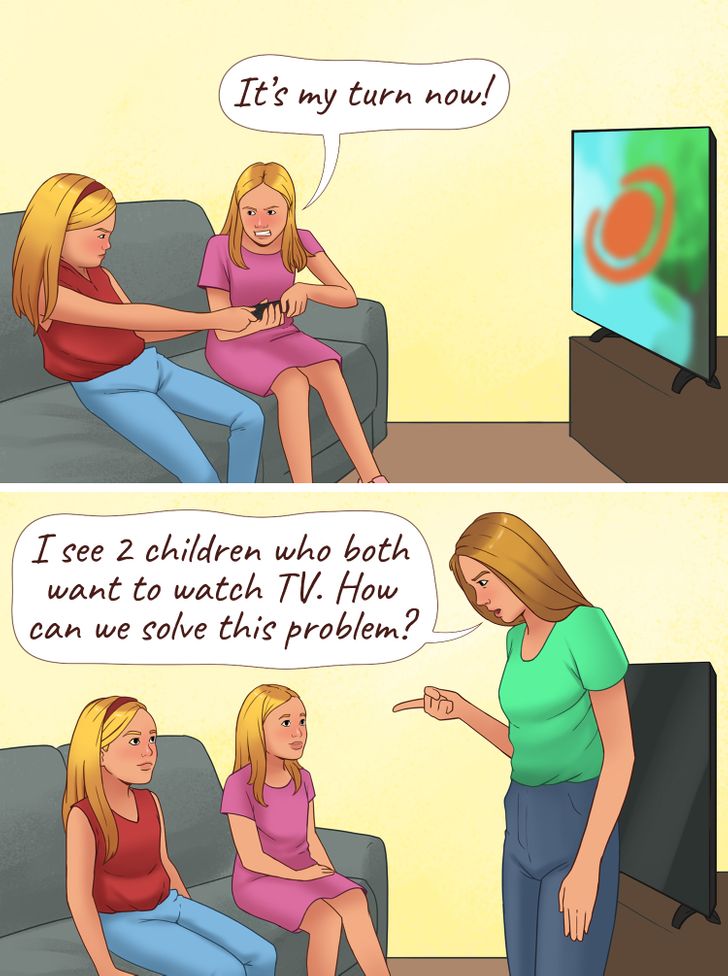
If your kids are fighting, enter the room and stand there without saying anything. Be calm, and take action that will make your kids cool off a bit.
For example, if the TV is on, you can turn it off to get rid of any distractions and make them pay attention to you. Then, describe what you see and ask them to come up with a plan on how to resolve their conflict. Once they learn to do that with you, they might not need your help to stop fighting next time.
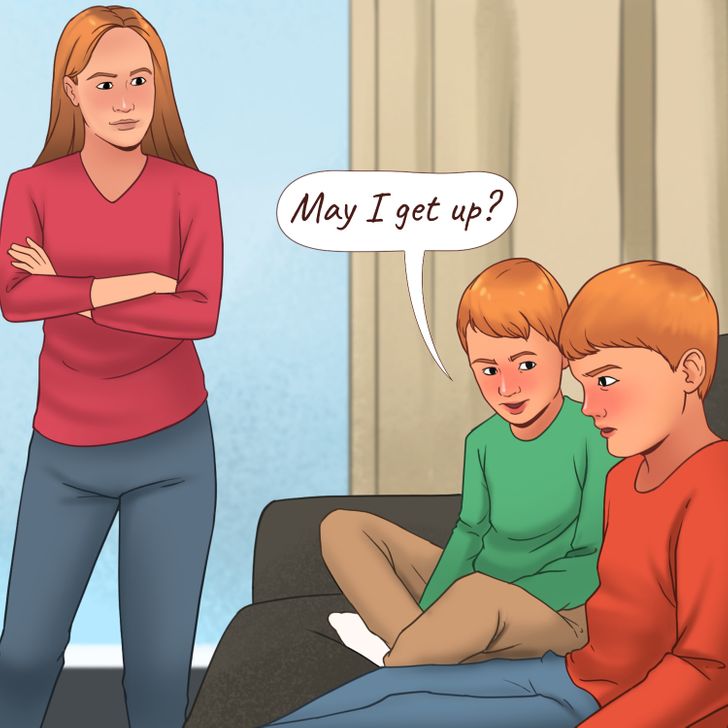
Ask your kids to sit down, and then wait for the other sibling to give them permission to stand up. This will make them interdependent, because they’ll have power over each other, and they’ll need to cool off and cooperate.
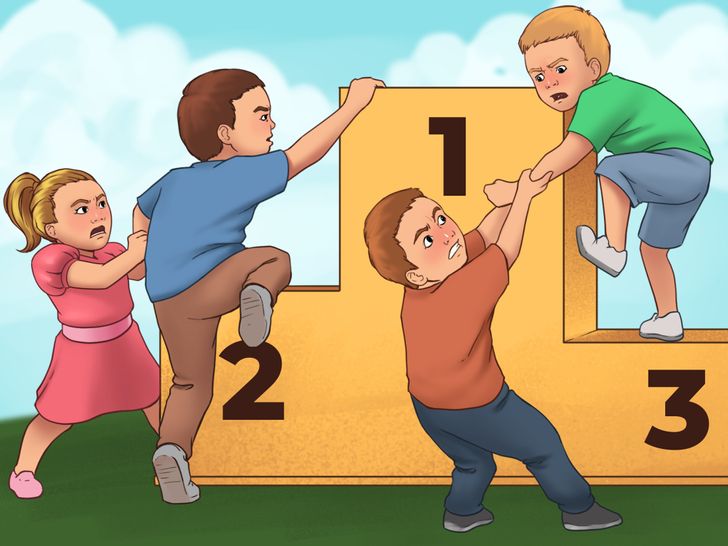
Arguing is often about wanting to be in charge and fighting over who’s right or who’s allowed to get what they want. And, in these cases, there’s always a winner who gets what they want and a loser who doesn’t. Don’t take sides — instead act as a mediator, asking them what happened and rephrasing their answers to help them come up with a solution on their own.

To prevent your kids from comparing themselves to each other, avoid labeling them. That means it’s better to not emphasize someone’s strong sides at the expense of others. It might even seem harmless when you do it, but in reality, it can be hurtful, and they might start to believe they’re worse at something than their sibling. Instead, celebrate their individuality and try to let them know that they’re special.
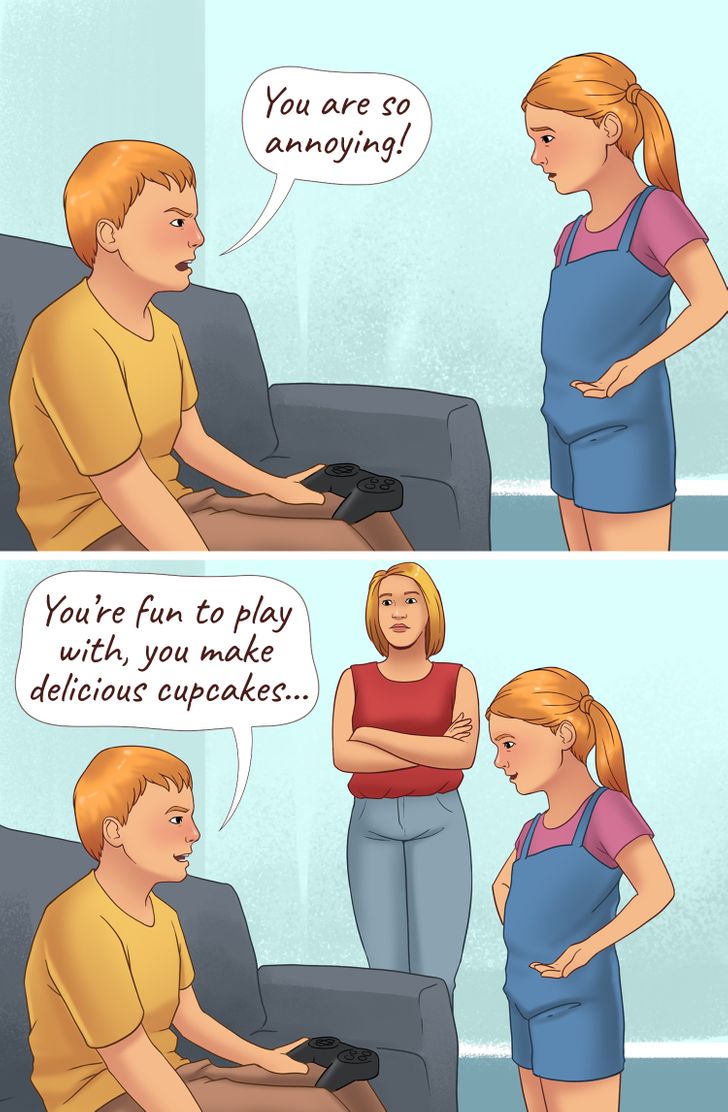
For every insult you hear from one of your kids directed at their sibling, ask them to come up with 3 compliments. This can teach them to find the positive sides in their siblings, and focus on what they like about each other and what they have in common.
Do your children fight with each other? What’s the most common reason? How do you help them solve it?











